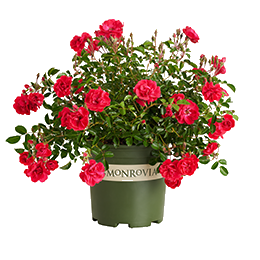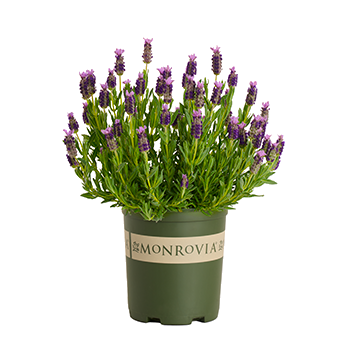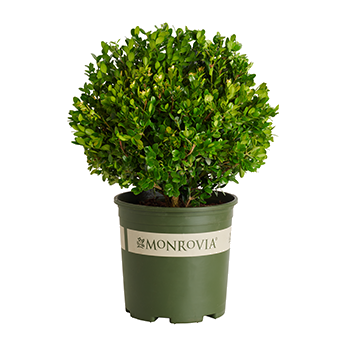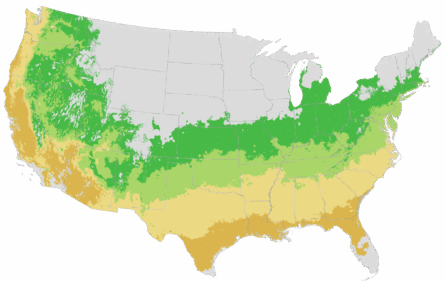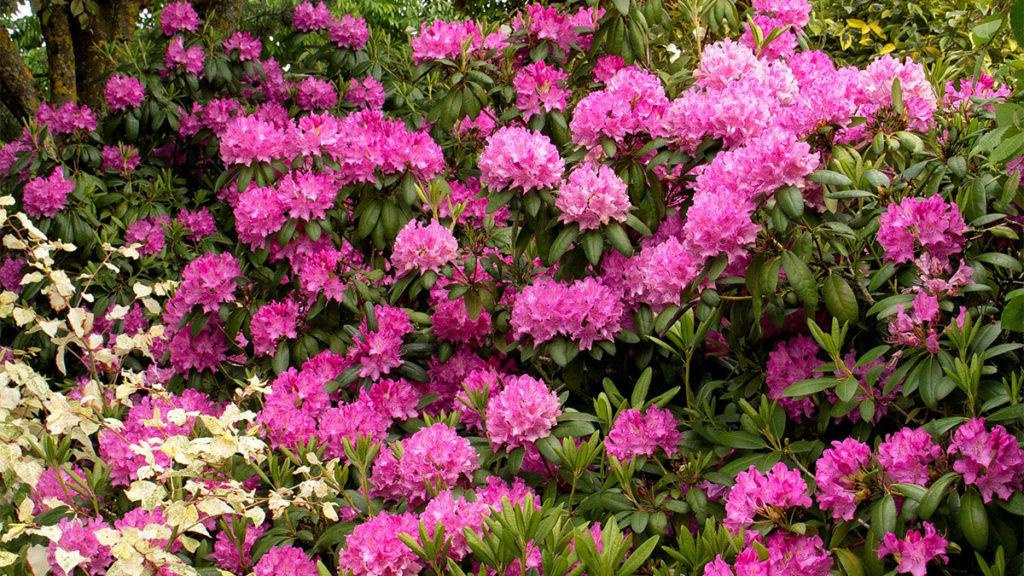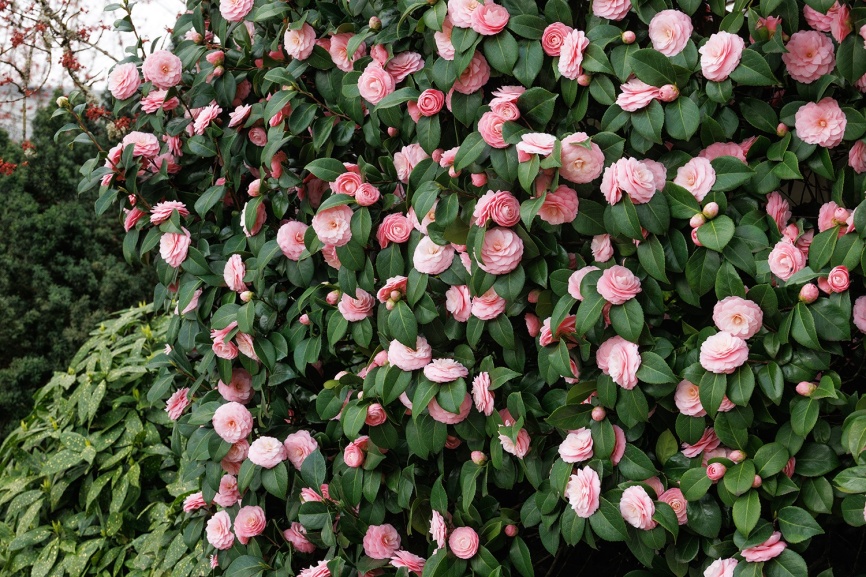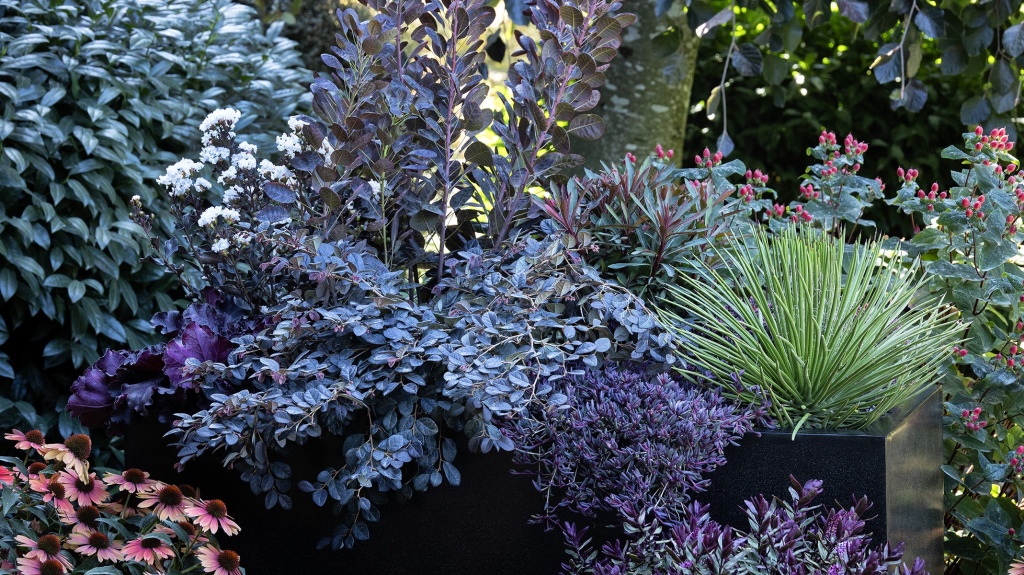You're growing in this Zip Code:
Change LocationDiscover Plants for Your Area
Yellow Petticoats Rhododendron
Rhododendron x 'Yellow Petticoats' (H-3)
Retailers Near You
| Description | Handsome, dark green foliage backs showy, dense trusses of clear, deep yellow, frilly flowers in spring. A profuse bloomer on a compact growing habit. Perfect for use as an informal hedge or foundation plant. Works well for containers. Evergreen. |
|---|---|
| Bloom Time | Spring |
| Deciduous/Evergreen | Evergreen |
| Special Features | Easy Care, Compact Form |
| Growth Rate | Moderate |
| Growth Habit | Rounded |
| Flower Attributes | Showy Flowers |
| Landscape Use | Border, Container, Hedge |
| Design Ideas | Most unusual color deserves a special place in foundation beds and mixed shady borders. Bright spot for beneath large shade trees and groves. Add to outdoor living space perimeter to create variation from traditional rhodie colors. Blends nicely into naturalistic wild gardens around conifers and maples. |
| Flower Color | Yellow |
| Foliage Color | Dark Green |
| Companion Plants | Lily of the Valley Shrub (Pieris); Gardenia (Gardenia); Bleeding Heart (Dicentra); Camellia (Camellia); Coral Bells (Heuchera) |
| Care Instructions | Provide organically rich, well-drained, acidic soil. Apply a thick layer of mulch to keep roots cool, avoiding the crown. Avoid harsh afternoon sun exposures and shelter from drying winter winds. Water deeply, regularly in the first growing season to establish an extensive root system. Feed with an acid fertilizer after bloom. |
| History | The genus Rhododendron is grouped into the heath family, Ericaceae which contains many acid soil loving species. This genus also contains shrubs commonly called azaleas within its 800 Rhododendron species and thousands of hybrids. The species are native to temperate areas of the Northern Hemisphere but are most abundant in the Himalayas and other mountains of Asia. This hybrid is derived from three different plants. The first parent was the result of a cross between the hybrid 'Pink Petticoats' and the species R. wardii. R. wardii is native to Yunnan Province, China, and collected by Frank Kingdon-Ward, then introduced by him so named in 1913. The other parent is 'Hotei' which was introduced in 1964. |
| Lore | Rhododendron was named and classified by Linnaeus who named it from the Greek for rose tree. |
| Description | Handsome, dark green foliage backs showy, dense trusses of clear, deep yellow, frilly flowers in spring. A profuse bloomer on a compact growing habit. Perfect for use as an informal hedge or foundation plant. Works well for containers. Evergreen. |
|---|---|
| Bloom Time | Spring |
| Deciduous/Evergreen | Evergreen |
| Special Features | Easy Care, Compact Form |
| Growth Rate | Moderate |
| Growth Habit | Rounded |
| Flower Attributes | Showy Flowers |
| Landscape Use | Border, Container, Hedge |
|---|---|
| Design Ideas | Most unusual color deserves a special place in foundation beds and mixed shady borders. Bright spot for beneath large shade trees and groves. Add to outdoor living space perimeter to create variation from traditional rhodie colors. Blends nicely into naturalistic wild gardens around conifers and maples. |
| Flower Color | Yellow |
| Foliage Color | Dark Green |
| Companion Plants | Lily of the Valley Shrub (Pieris); Gardenia (Gardenia); Bleeding Heart (Dicentra); Camellia (Camellia); Coral Bells (Heuchera) |
| Care Instructions | Provide organically rich, well-drained, acidic soil. Apply a thick layer of mulch to keep roots cool, avoiding the crown. Avoid harsh afternoon sun exposures and shelter from drying winter winds. Water deeply, regularly in the first growing season to establish an extensive root system. Feed with an acid fertilizer after bloom. |
|---|
| History | The genus Rhododendron is grouped into the heath family, Ericaceae which contains many acid soil loving species. This genus also contains shrubs commonly called azaleas within its 800 Rhododendron species and thousands of hybrids. The species are native to temperate areas of the Northern Hemisphere but are most abundant in the Himalayas and other mountains of Asia. This hybrid is derived from three different plants. The first parent was the result of a cross between the hybrid 'Pink Petticoats' and the species R. wardii. R. wardii is native to Yunnan Province, China, and collected by Frank Kingdon-Ward, then introduced by him so named in 1913. The other parent is 'Hotei' which was introduced in 1964. |
|---|---|
| Lore | Rhododendron was named and classified by Linnaeus who named it from the Greek for rose tree. |
Retailers Near You
About Us
We have been pioneers and craftsmen in the art of growing plants for nearly
100 years. Since our founding in Southern California by Harry E. Rosedale, Sr.
in 1926, we have been absolutely dedicated and obsessed with quality.
We have been pioneers and craftsmen in the art of growing plants for nearly 100 years. Since our founding in Southern California by Harry E. Rosedale, Sr. in 1926, we have been absolutely dedicated and obsessed with quality.
